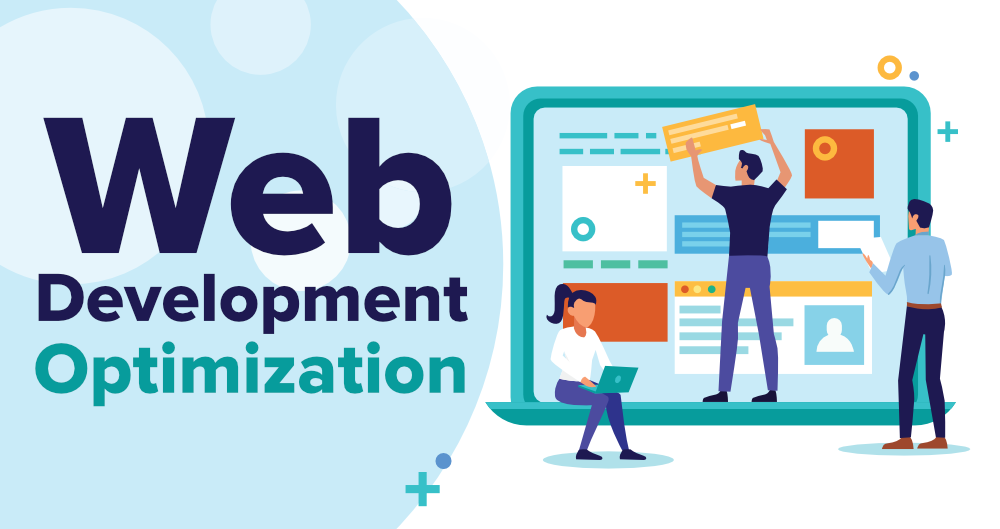Crepost Insights
Exploring the latest trends and stories in the world of news and information.
Speeding into the Future: Turbocharge Your Website's Performance
Unleash lightning-fast speeds and boost user experience! Discover top tips to turbocharge your website's performance today!
Top 5 Techniques to Boost Your Website Speed
Improving your website speed is crucial for enhancing user experience and boosting your search engine rankings. Here are the top 5 techniques to help you achieve better performance:
- Optimize Images: Compress and resize images without sacrificing quality to reduce load times. Tools like ImageOptim or TinyPNG can help you achieve significant size reductions.
- Leverage Browser Caching: By enabling caching, you can store files locally in users' browsers, decreasing load times for returning visitors. Set appropriate expiration dates to ensure users have the most current versions of your content.
Continuing with our list of techniques, consider these final three:
- Minimize HTTP Requests: Limit the number of elements on your pages to decrease HTTP requests. Combine CSS files, scripts, and images when possible to streamline the loading process.
- Use a Content Delivery Network (CDN): CDNs distribute your content across various servers worldwide, ensuring users access your site from a location closer to them, which significantly improves load times.
- Enable Gzip Compression: This technique reduces the size of your web files, allowing faster data transfer between the server and the user's browser. Implementing Gzip can lead to remarkable improvements in page loading speeds.

How Website Performance Impacts User Experience and SEO
Website performance plays a crucial role in shaping user experience and, ultimately, affects SEO rankings. When visitors arrive at a website, their first impressions are often determined by how quickly the page loads. According to studies, a delay of just a few seconds in load time can lead to higher bounce rates, meaning users abandon the site before it's fully rendered. This increase in bounce rate signals search engines that the site may not be providing a satisfactory user experience, which can adversely impact its position in search results.
Additionally, a fast-loading website encourages users to spend more time exploring its content, enhancing engagement metrics such as average session duration and page views. These metrics are vital indicators for search engines when assessing the quality of a site. Implementing best practices for website performance, such as optimizing images, leveraging browser caching, and minimizing HTTP requests, can effectively improve both user satisfaction and search ranking potential. Prioritizing performance not only ensures that users have a seamless experience but also positions the site to compete more effectively in search engine results.
Is Your Site Slow? Signs It's Time to Turbocharge Your Performance
In the fast-paced digital landscape, a slow website can cost you dearly in terms of user engagement and search engine rankings. Signs that your site is slow can often be subtle, but they manifest in several noticeable ways. For instance, if visitors are leaving your site before it fully loads, or if your bounce rate is unusually high, these are red flags indicating that you may need to turbocharge your performance. Additionally, if your website takes more than three seconds to load, research shows that you could be losing nearly half of your audience. Don't let a sluggish site drag you down; recognizing these symptoms early can help you take action before it severely impacts your business.
Another telling sign that it's time to improve your website's speed is if your performance metrics are falling short of industry standards. Consider regularly testing your site using tools like Google PageSpeed Insights. If your scores are consistently low, you may want to evaluate your hosting provider and optimization strategies. Implementing solutions such as image compression, minimizing HTTP requests, and leveraging browser caching can significantly enhance your site's speed. Remember, a user-friendly and fast website not only increases retention rates but also improves your overall SEO performance, making it vital to prioritize speed optimization.